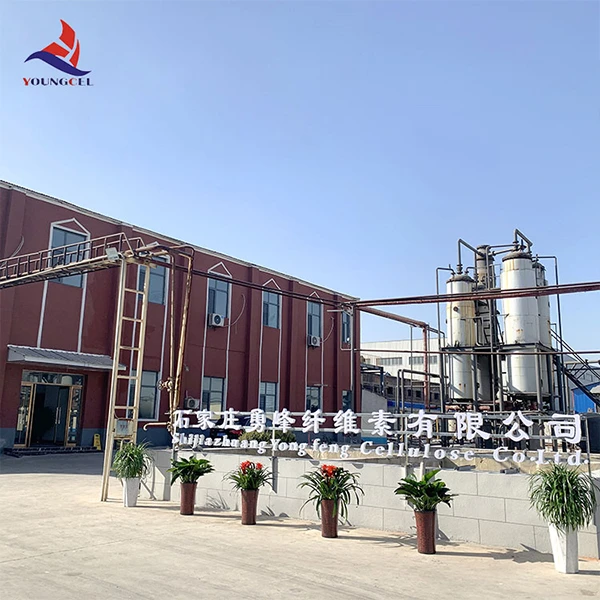The Role of Chemical Composition in Cement Production
Cement plays a pivotal role in modern construction, serving as a fundamental material in concrete. Understanding its chemical composition is essential, as it directly influences the properties of cement and the performance of the final concrete product. Typically, cement is composed of various compounds that contribute to its strength, durability, and workability. The three primary components in cement are calcium silicates, calcium aluminates, and calcium ferrites, which all have distinct characteristics and functions.
The Role of Chemical Composition in Cement Production
Calcium Aluminates Another critical component of cement is calcium aluminates, primarily represented by tricalcium aluminate (C3A). This compound is important for the initial hydration process of cement. However, it can also lead to the formation of expansive compounds when reacting with sulfates, which is a concern in certain environments. A well-balanced chemical composition that limits excessive C3A can help mitigate issues such as sulfate attack. The presence of calcium aluminates also aids in reducing the setting time of cement, which is beneficial in fast-paced construction environments.
cement chemical

Calcium Ferrites Calcium ferrites, especially tetracalcium aluminoferrite (C4AF), is less prevalent but still plays a significant role in the chemistry of cement. This compound influences the color of the cement and contributes to certain mechanical properties of concrete. Furthermore, it can help reduce the clinkering temperature during production, leading to energy savings in the manufacturing process.
Mineral Additives and Their Effects To enhance the properties of cement, various mineral additives are often incorporated into the mix. Materials like fly ash, slag, and silica fume not only improve the workability of concrete but also enhance its long-term strength and durability. These additives can react with calcium hydroxide released during the hydration of cement, forming additional calcium silicate hydrates, which contribute to the overall strength of the concrete over time.
Conclusion The chemical composition of cement is crucial for its performance in various construction applications. The balance between calcium silicates, aluminates, and ferrites determines the setting time, strength, and durability of concrete. Moreover, the incorporation of mineral additives can further optimize these characteristics, making modern concrete more resilient against environmental challenges. As the demand for sustainable and high-performance building materials continues to grow, understanding the chemical intricacies of cement is more important than ever. By utilizing this knowledge, manufacturers can create formulations tailored to meet specific requirements, ensuring that our built environment remains safe, durable, and efficient.
-
The Application and Significance of Construction RdpNewsMay.19,2025
-
Industrial Grade HpmcNewsMay.19,2025
-
Building Coating Adhesive Building Coating Adhesive HpmcNewsMay.19,2025
-
Application Of Hpmc For Detergent For Detergent In DetergentsNewsMay.19,2025
-
Application Of Hpmc Cellulose In Cement-Based MaterialsNewsMay.19,2025
-
Application Of High Quality Hpmc For Construction In The Field Of ConstructionNewsMay.19,2025




